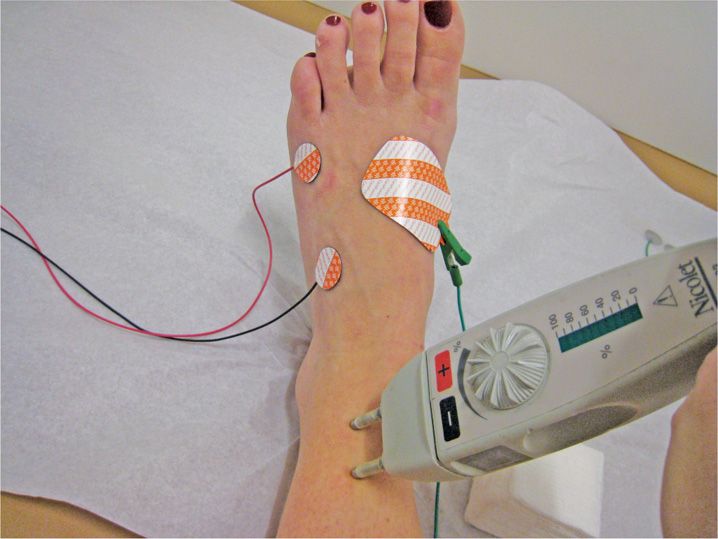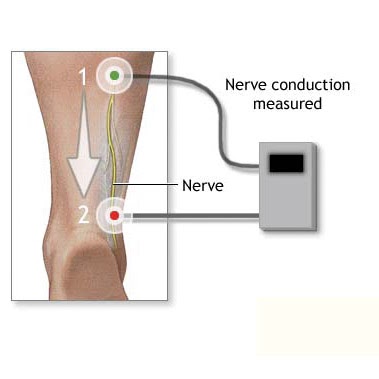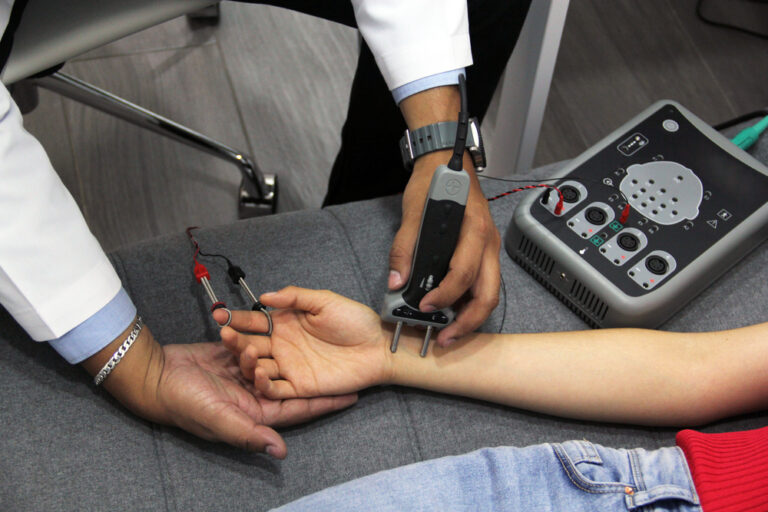
Polyneuropathy means many nerves, but it has a different meaning than multiplex neuropathy. These are not seen very often usually, they are present in immune-compromised patients. We call these cases multiple mononeuropathies or mononeuropathy multiplex. Sometimes, multiple nerves are involved, but they’re kind of random. Types of Single Nerve Diseases (Mono Neuropathy): We could test for muscle disease, which is also called myopathy, neuromuscular junction disease, and peripheral nerve disease. The more specific information we have, the better the quality of the test or the test result, and the better information you’re going to get. The test can only tell us if the problem is in the nerves, the muscles, or the junction between them.
:max_bytes(150000):strip_icc()/2488642_1_color-5bec92dc46e0fb002dbbc6b1.png)
It’s important to know that if you have symptoms like weakness, numbness, or imbalance, an EMG test will not necessarily tell you what is causing those symptoms. That’s a little bit of a digression, but the point is that nerve conduction and EMG testing can be used to evaluate everything outside of the central nervous system-the peripheral nervous system. The body’s own immune system attacks the receptors for the neurotransmitter acetylcholine. The neuromuscular junction is sometimes affected by diseases such as Myasthenia Gravis, which is an autoimmune disease. The results of the nerve conduction test can be used to diagnose and treat various conditions, including carpal tunnel syndrome, peripheral neuropathy, and other forms of nerve damage. It can help determine if there is any damage to the nerve or if there are any underlying issues that need further investigation. The motor nerves eventually activate the muscle through a neuromuscular junction.Ī nerve conduction test measures the speed of electrical signals traveling through a nerve by sending tiny electrical impulses to the nerve being tested. In contrast, motor nerves can sometimes be called efferent nerves.

For this reason, we also sometimes call them afferent nerves. We also have sensory nerves, which send information to the central nervous system: the spinal cord, brain, and back.

Some of our nerves control muscles, and we call them motor nerves.

Nerve conduction testing is very often a part of these tests, and in fact, it goes before electromyography.


 0 kommentar(er)
0 kommentar(er)
